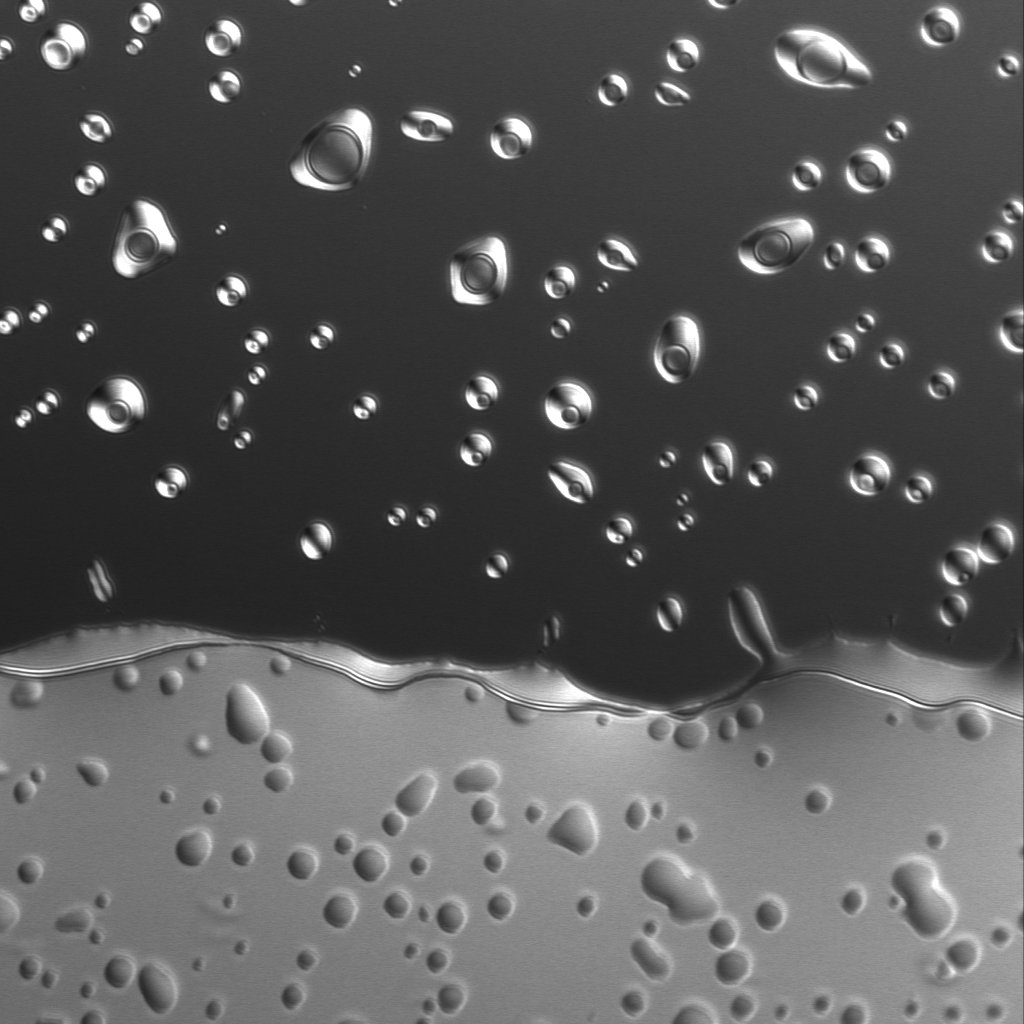Designer condensates
While the molecular details and regulatory principles that control biomolecular condensates are still incompletely understood, we and others have come up with initial guiding frameworks and principles that allow us to re-engineer cellular condensates or create synthetic ones from scratch. Our approach is based on an evolution-guided biosynthetic and -mimetic strategy, where we mine natural diversity to identify functional protein modules, allowing us to sculpt biological matter and design synthetic condensates of novel function. These condensates have applications ranging from drug screening and disease modeling to agriculture and catalysis.

Explore our FASE condensate design catalogue
Selected publications
Boeynaems S#, Dorone Y, Zhuang Y, Shabardina V, Huang G, Anca M, Kim G, Sanyal A, Sen N-E, Griffith D, Docampo R, Lasker K, Ruiz-Trillo I, Auburger G, Holehouse AS, Kabashi E, Lin Y, Gitler AD#. Poly(A)-binding protein is an ataxin-2 chaperone that regulates biomolecular condensates. Molecular Cell 2023. co-corresponding
Lasker K*, Boeynaems S*, Lam V, Scholl D, Stainton E, Briner A, Jacquemyn M, Daelemans D, Deniz A, Villa E, Holehouse AS, Gitler AD, Shapiro L. The material properties of a bacterial-derived biomolecular condensate tune biological function in natural and synthetic systems. Nature Communications 2022, vol. 13, 5643. co-first
Hasting RL and Boeynaems#. Designer condensates: a toolkit for the biomolecular architect. Journal of Molecular Biology 2021, vol. 433(12), 166837. corresponding featured on the cover

